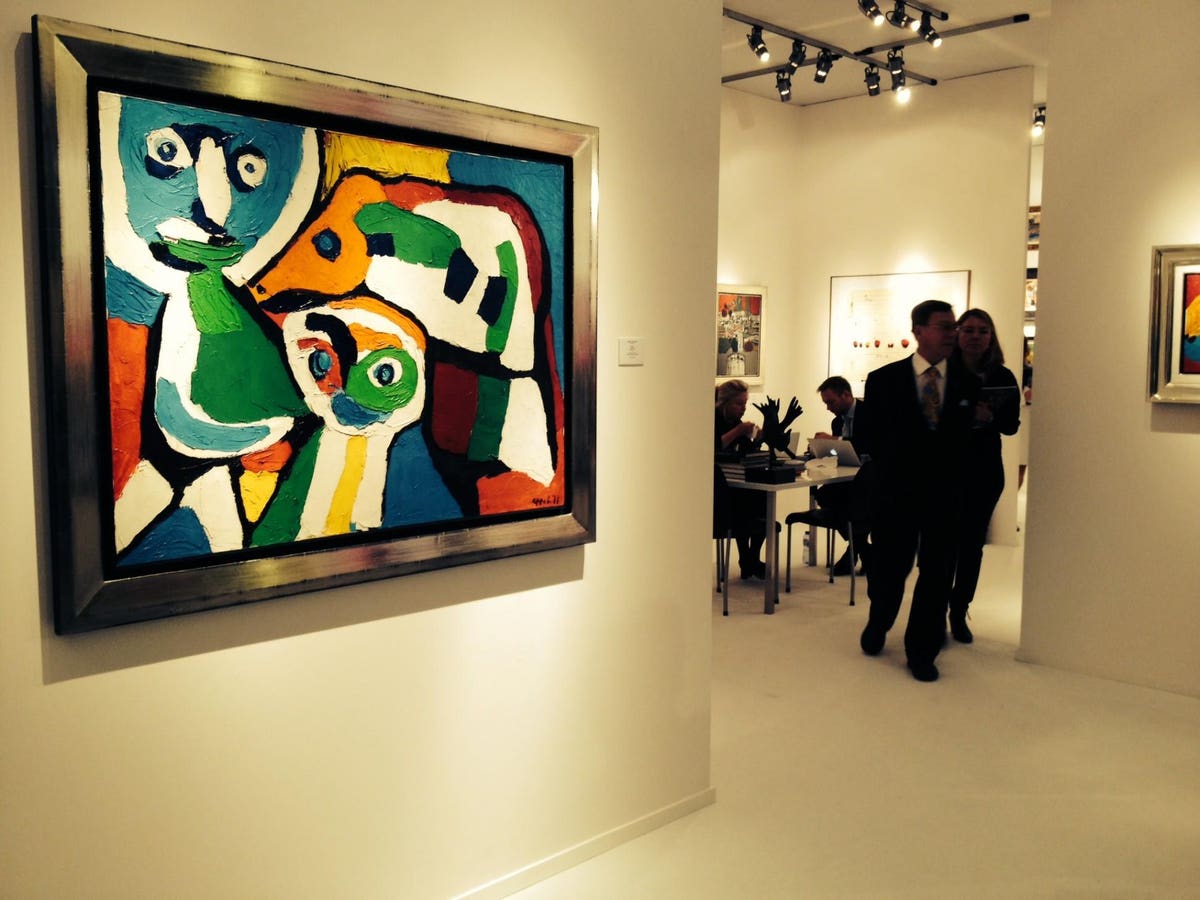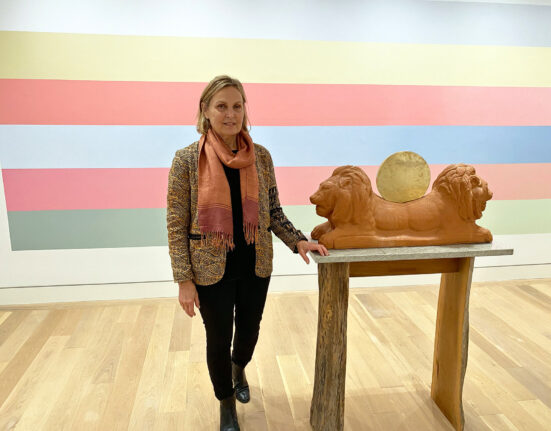Art reflects life, and it turns out that reflection doesn’t stop with paint on canvas or figures carved out of stone…it continues right down to the ledger books and bills of sale – to economics. Nowhere is that parallel more startling than a glimpse at the fourth annual Art Market Report, an annual survey of who is buying and selling art – where, what and for how much – published by and released at The European Fine Art Fair (TEFAF) in Maastricht (Holland’s southern-most city) this month.
TEFAF is hands down the world’s leader in fine art fairs: museums come here to shop, as do some of the world’s wealthiest collectors. It is less celebrity-driven than Art Basel and its derivatives, more focused on art qua art than most “Antiquaires” fairs. Founded in 1975, TEFAF in various iterations has attracted serious collectors of old masters, pedigreed antiques and books and artifacts, and only recently opened its doors to contemporary and modern art (that is, artists born after 1910). Aside from being a European art capital, this is also the city where the historic EU Maastrich Treaty was signed, which laid the foundations upon which the 27-nation union is still being built.
TEFAF’s Art Market Report, presented during the ten-day fair by cultural economist Dr Clare McAndrews (founder of Art Economics), shows that 2014 was the all-time record year for global art sales: $51-billion, a 7% increase over 2013, and above the pre-recession level of $48-billion. The number of transactions also increased: by 6% to 39-million; however, this is still less than the peak of the market in 2007. The market is dominated by the US (39%) with China and the UK at 22% each. Twenty artists account for 40% of the market value; Andy Warhol was the top-selling artist, AXA Art its lead sponsor.
The Art World Becomes Polarized
2014’s record number was driven by higher prices rather than higher volume and closer scrutiny reveals a polarized art market, paralleling the global economy today: high-end (over $1-million) purchases accounted for 54% of the value but only 1% actual of transactions. The biggest volume of sales activity took place in the lower end – that is, transactions under 50,000-Euros– but accounted for less than 6% of total value. “The rich getting richer impacts the art world as well as society,” states Dr McAndrews. “Overall, in line with the global economy, there are more millionaires (participating in the art and real worlds) today than ever before.
This thin, narrow market concentrated at the top worries dealers. It makes the market more susceptible to pressures and risks. It would be better (for the art business) if the market were more democratic.” This conundrum has been facing political leaders as well, and for the same reasons. Should that top 1% decide to start collecting cars or houses rather than works of art, or even change their minds on a whim, the impact on the surprisingly large industry of art would be dramatic. That’s because, far from being an aristocratic playground, the world of art is a solid employer.
More Than Just Pretty Pictures
The art market per se in 2014 was made up of some 309,000 companies around the world – most of them small businesses, employing an estimated 2.8-million people. In addition, the global art trade spent 12.9-B Euros last year on external support services directly linked to their business, supporting at least 315,745 further jobs, most of them also in small or medium-sized (“middle class”) enterprises. Dr McAndrews points out that nowhere is the financial disparity more in evidence than in the US. “Income inequality in the US has not been seen at this level since the 1920’s…and the top 0.01% are growing the fastest,” she says worriedly. “Historically what tends to happen is that as money shifts to the wealthy, they tend to save more and spend less, forcing mid-level people to borrow more. The wealthy push for government policies favoring wealth conservation. That ultimately leads to downgraded growth projections.”
As in the “real world,” the Internet has a role to play in democratizing the art world, and has been a significant trend over the past decade – first in increasing communications within the global art market, and now, bit by bit, on the sales front, e-commerce. The TEFAF Art Market report estimates that online sales of art reached 3.3-billion Euros last year –about 6% of all sales, with most of those sales in the 1,000 – 50,000 Euro range.
Art and the Internet
But art sales very much depend on intermediaries to bring buyer and seller together, particularly at the high end, where discretion is often more important than the price being paid, and it is unlikely the dealer or broker will be put out of business by the Internet. Indeed, dealers accounted for an estimated 52% (valued at 26.4 B Euros) of the global art and antiquities market in 2014. They spent $2.3-B to attend an estimated 180 art fairs last year, building installations and creating related materials to foster sales accounting for 40% of dealer transactions, worth some 9.8-B Euros – second only to gallery sales as the main source of dealer revenues. “I don’t think the high end of the market is going to go online anytime soon,” claims Dr McAndrews.
Her thoughts are echoed by someone whose business revolves around online platforms supporting the art collector. ”There’s a lot of noise in the market about online art sales,” says Boris Pevzner, the 40-something Russia-born Manhattan-based entrepreneur whose Collectrium art collection management platform was just sold to Christie’s Auction House for a sum thought to be hovering around $20-million. “The need for privacy in finding and selling art is paramount, and there is a real tension between the Internet and privacy. What sells online today is at the bottom of the market. If the art market were totally transparent, prices would plummet.” And that would not make the top 1%, who dominate the market, very happy…a challenge for any leader in art and life.







